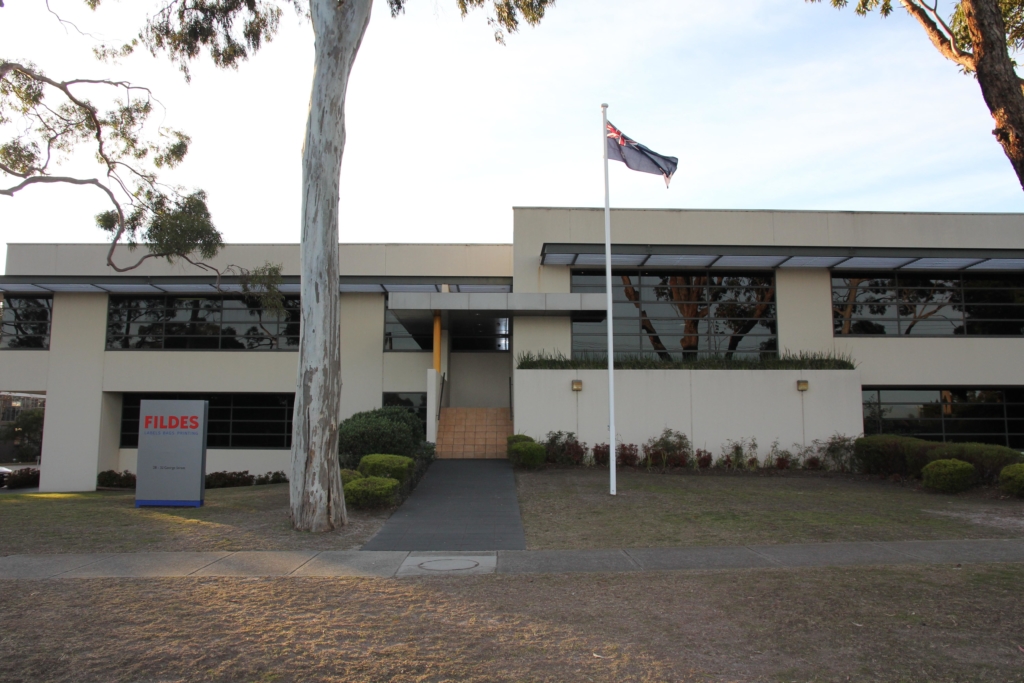As we enter our 7th year in business, it’s about time we started blogging about some of our success over the years.
One of our success stories involves guiding Fildes Food Safety, one of Australia’s leading food safety solutions provider, in selecting and implementing their new ERP system.
The General Manager of Fildes Food Safety is Brian Burke, a no nonsense straight talking, get the job done character.
Putney Breeze was referred to Fildes by their IT managed services provider. Fildes Food Safety, like many successful SMEs experienced growth that outpaced their original accounting and ERP package. To make up for systems shortfalls they acquired a portfolio of software “add-ons”. Managing the “add-ons” was in itself creating administrative headaches. Extracting decision making information was over complicated, time consuming and inconsistent. Brian in his wisdom decided it was high time to review the entire information systems and administrative process of the business. The goal of the exercise was to consolidate the “portfolio” of software packages and streamline the administrative and reporting process. That’s where Putney Breeze came into play and we followed the following 5 key principles.
1. Begin with the End in Mind
The first task was actually not “IT work in itself”. Our first task was to “Align the Reporting System with the Strategic Plan.” That involved mapping the value creation workflow, understanding the key points of data entry; how the data is used and what are the key measures of success in the business? By mapping the business workflow and connecting the role of the various software packages we identified the key information required by the leadership team for making critical decisions.
2. Know Yourself
The next step involved preparing a Request for Tender (RFT). The RFT outlined the current state of play and what we wanted as the final solution. Brian was clear on where Fildes Food Safety sat with their systems and where he wanted to finish at the end of the project. Often IT project nightmares are born from a lack of clarity and communication between the customer and the software vendor. Often the lack of clarity begins with the customer not being clear on the outcome they seek. If the customer can’t communicate what they want, then the vendor is not likely to hit the mark. You fully expect a blind man to trip over walking through an undulating paddock. The same can be said for a software vendor.
3. Do Your Homework
Make sure you have the key staff immersed in the project. The key staff need to understand and review the information provided to them from the software vendor in the design “discovery” process. It is critical that the key staff understand how any new data collection forms, or new/change processes will affect their work. Key staff have to speak up if they do not understand what the vendor is presenting or if they think the vendor is forcing them down a path that is inconsistent with the business needs. The discovery process is your time to have your say and clarify what you want and need. It can be too late once the software vendor starts building. Make sure you understand the project plan and ask questions if you think the vendor has not allowed enough time or is missing a key process or task in their scope of work.
4. Make sure the players know their role and hold them accountable
Now we’ve started building the new tool the key stake holders must know their role in the project and what they are accountable for. Whether that is checking a particular functionality of a “module, process, report or form”. This step ties in with step one and what is communicated in step two ( know what you want and need as outcomes ), make sure those boxes are being ticked as you go along. Make sure that there is a strong internal project leader steering the project plan and the agreed functionality. The success of systems implementation is a balanced two-way street, clear communications and cooperation between the parties is critical.
5. Test Document and Test Again.
Make sure you allow the appropriate time for testing the new systems. Parallel test the work flow and check that the historical data load is correct. Document change request clearly and make sure the vendor can confirm the change requests have been actioned. Swimming against the tide is not fun. Test and test again, double and triple check as once you press go and open the dam gates you have to ride the day to day business momentum, if you can’t you are in a world of pain.
Brian and his team followed the above rules and select a system that was under their original budget. The project was lead internally and delivered on time and in line with the new lower budget. Fildes Food Safety eliminated 8 software packages in one swoop! The streamlined systems process allowed for one less full time administrator, and created employment opportunities in value creation roles. Kudos to Brian and the team and Fildes Food Safety, one of Australia’s leading Food Safety Solutions suppliers.
Onwards and upwards
Chris Catto


Leave A Comment